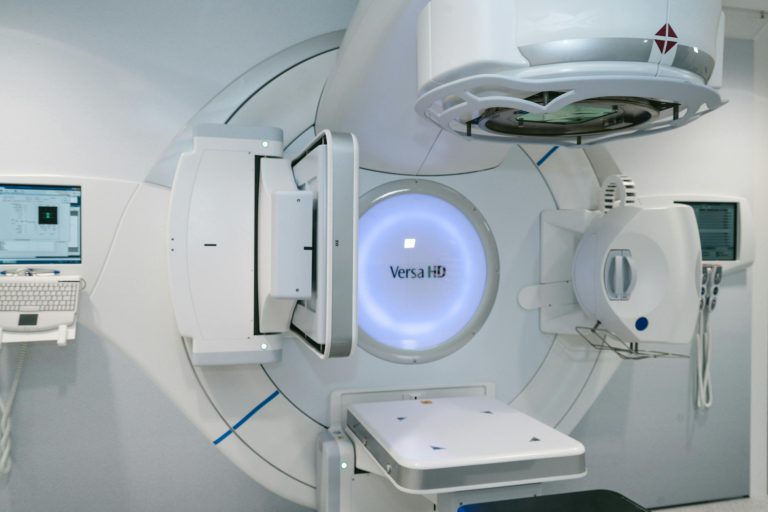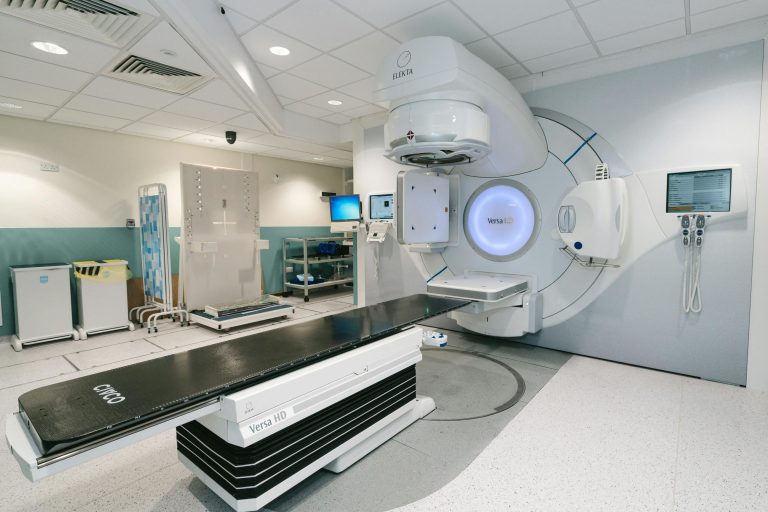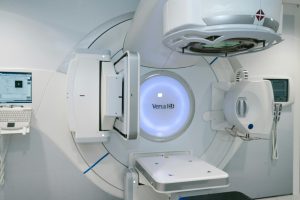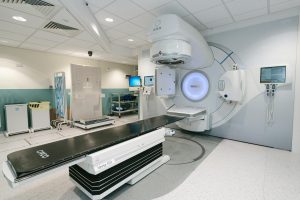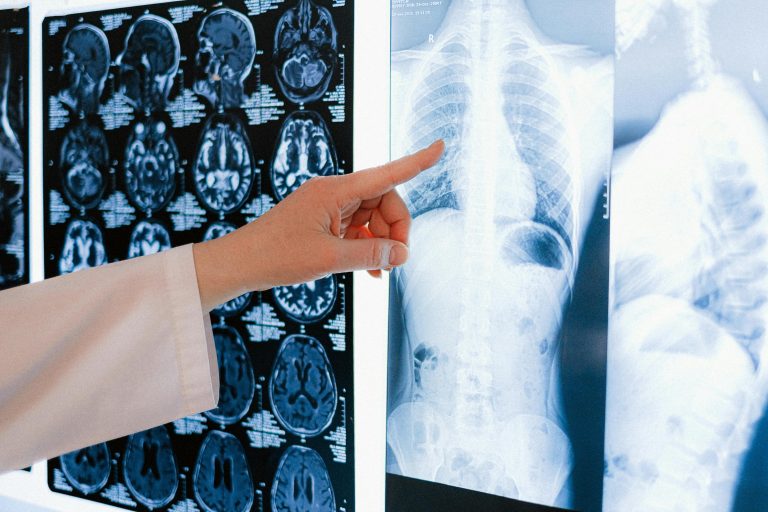Neonatal care is a specialised branch of medicine that focuses on the health and well-being of newborns, particularly those born prematurely or with health issues. The levels of neonatal care are designed to ensure that each infant receives the appropriate care based on their medical needs. These levels range from basic care for healthy newborns to advanced intensive care for critically ill or extremely premature infants. Understanding these levels helps recognise the type of care and expertise required at each stage.
Level I: Well, Newborn Nursery
Level I neonatal care, often referred to as a well-newborn nursery, provides basic care for healthy, full-term infants. This level is typically found in community hospitals and is designed for babies born at or near term (37-42 weeks gestation) without significant health issues. In these nurseries, newborns receive routine care such as feeding, maintaining body temperature, and conducting standard screenings for conditions like jaundice and metabolic disorders. Pediatricians and nurses primarily staff Level I nurseries. They ensure that the newborns are stable, help initiate breastfeeding, and guide parents on infant care.
Level II: Special Care Nursery
Level II neonatal care, also known as a special care nursery or intermediate care nursery, caters to moderately ill newborns or those born slightly prematurely, typically between 32 and 36 weeks gestation. These infants may require more than routine care but are not critically ill. Services in a Level II nursery include intravenous therapy, phototherapy for jaundice, tube feeding, and short-term respiratory support. Neonatologists, paediatricians, and specialised nurses provide care in these nurseries. Level II nurseries serve as a transitional step for newborns discharged from Level III or IV units but still need medical support before going home.
Level III: Neonatal Intensive Care Unit (NICU)
Level III neonatal care, known as the Neonatal Intensive Care Unit (NICU), is equipped to handle severely ill or very premature infants, generally those born before 32 weeks gestation or those with significant health issues such as congenital anomalies, severe respiratory distress, or infections. The NICU offers advanced medical and surgical care, including ventilators for respiratory support, advanced imaging, and continuous monitoring of vital signs. The staff in a Level III NICU includes neonatologists, specialized nurses, respiratory therapists, and various pediatric subspecialists who work together to provide comprehensive care. These units are usually located in larger hospitals with the capacity to offer a wide range of diagnostic and treatment options.
Level IV: Regional NICU
Level IV neonatal care is the highest level and is designed for the most critically ill newborns who require complex surgical or medical interventions. Regional NICUs provide all the services available in Level III NICUs, along with the capability to perform major surgeries, including those for congenital heart defects, neural tube defects, and other serious conditions. These units are often associated with large regional medical centres or academic hospitals. They are staffed by a multidisciplinary team of neonatologists, paediatric surgeons, cardiologists, neurologists, and other subspecialists, as well as highly specialised nursing staff. Level IV NICUs also serve as referral centres, offering support and consultation to lower-level nurseries and ensuring that infants receive the highest standard of care.
In summary, the levels of neonatal care are structured to provide a continuum of care that matches the medical needs of newborns. From the routine monitoring and support in Level I nurseries to the highly specialized and intensive care in Level IV NICUs, each level is crucial in ensuring the health and development of newborns. The goal is to provide the right level of care at the right time, optimizing outcomes for infants and supporting families through what can be a challenging and emotional journey.


